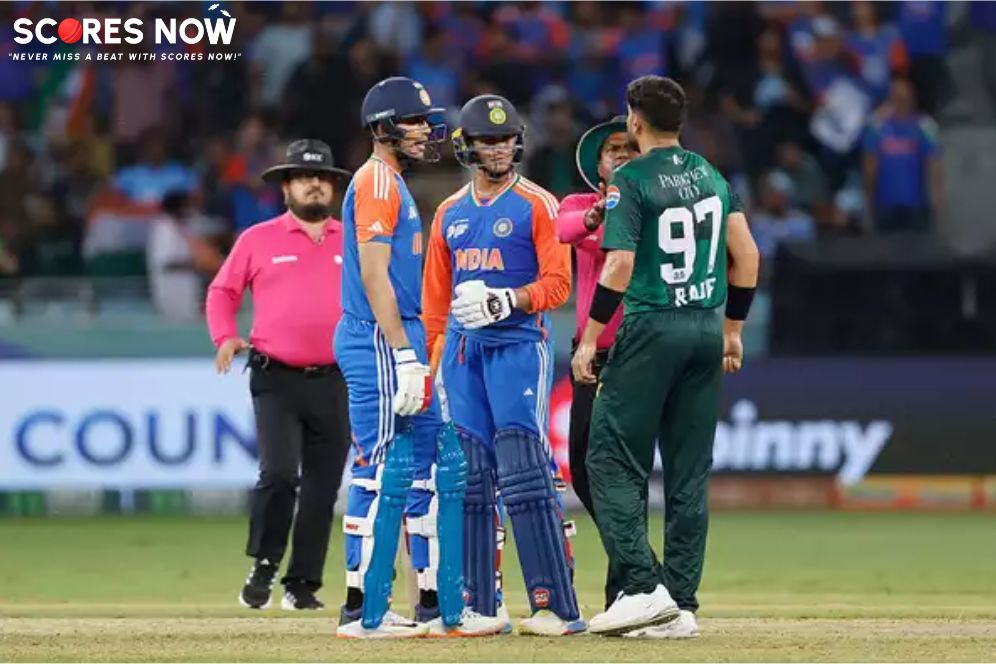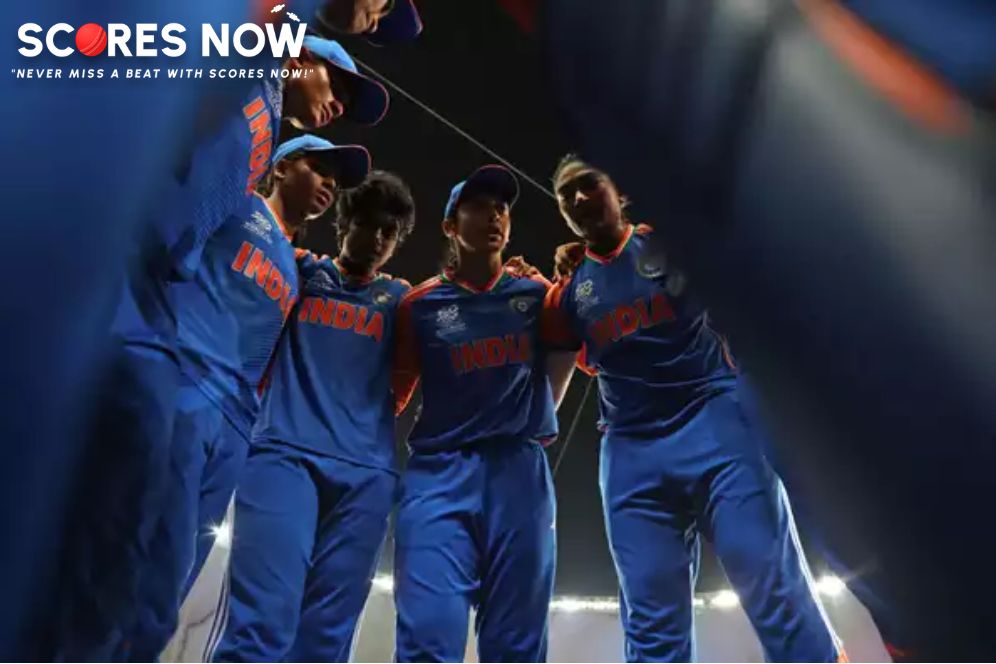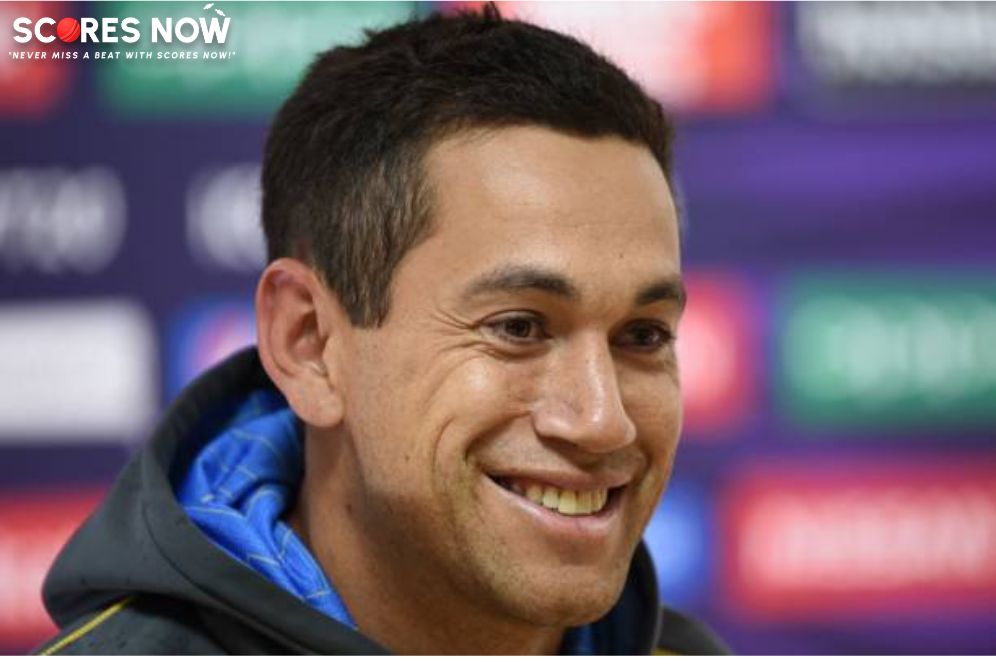Ollie Pope Takes England Out of Deep Trouble

Visitors overcame a 190 deficit with 148* knock, lead by 126 with 4 wickets left
Following their three-wicket haul of Indian wickets for fifteen, captained once more by off-spinner Joe Root, England executed their practiced play. Not right away, though. Ashwin could have had both Duckett and Crawley in his first two overs with the new ball, but the inside edges slipped to either side of the short leg. That was plenty to startle them. They said, no more.
Imagine England's coach, after whom Bazball is named, telling them that, having conceded four of their opening 5 wickets in the first innings to defensive batting, it is preferable to attack rather than to defend. Bazball was first introduced to India due to the country's commitment to spreading a wide variety. England triumphed on the third day in Hyderabad, chasing down a first-inning deficit of 190 runs to 126 with four wickets left.

His undefeated 148 was the largest difference from the first innings when Ollie Pope edged to slip after clumsily following the spin with his hands. During the second innings, he skillfully swept and reverse-swept to manipulate the lines and lengths of the spinners and take advantage of the bold opening partnership between Ben Duckett and Zak Crawley. In return, he scored the highest second-inning total by a visiting batsman in India since Alastair Cook's 175 in Ahmedabad twelve years prior, with his first century.
Overall, England used variations of the sweep to score 79 runs without losing a wicket. Of those runs, Pope alone scored 41, hitting the shot nearly every time a spinner got close to him. As a result, England became the first team to hit 300 against India in a second innings in India since Nagpur 2012–13.
If you are unable to reverse-sweep Jasprit Bumrah, India will be grateful. For if he hadn't dismissed Duckett and Joe Root in a thrilling display of reverse-swing bowling just after lunch, things might have gone worse for the hosts. Although England continued to produce high-risk choices and the pitch only gave modest turn, the spinners will still be frustrated that Bumrah was the best bowler on a day-three surface with statistics of 12 overs in which he bowled 3 maiden overs and fetched 2 wickets for 29 runs. For two wickets, R Ashwin averaged 4.42 an over; Axar Patel and Ravindra Jadeja took one wicket apiece at 4.60 and 3.88.

Ben Duckett and Joe Root were pushed back by Jasprit Bumrah during a furious reverse-swing spell. Despite the buzz around Bazball and England's impressive opening stand against pace in the first innings, the main talking point was that their top three players were dismissed conventionally. You are left at the mercy of the turn, whose degree you cannot be confident of, as all three were caught playing defensively in front of their bodies.
In a violent reverse-swing spell, Jasprit Bumrah dismissed Ben Duckett and Joe Root back. All the hoopla about Bazball and England's remarkable opening stand against pace in the first innings was overshadowed by the fact that their three best players were dismissed conventionally. Given that all three were caught playing defensively in front of their bodies, you are left to rely on the turn, the degree to which you cannot be certain.
Following their three-wicket haul of Indian wickets for fifteen, captained once more by off-spinner Joe Root, England executed their practiced play. Not right away, though. Ashwin could have had both Duckett and Crawley in his first two overs with the new ball, but the inside edges slipped to either side of the short leg. That was plenty to startle them. They said, no more.
Crawley took Axar downtown after starting with the reverse sweep against Ashwin. Ashwin's lengths were the target of all the sweeps. He overpitched significantly more than normal to stay one step ahead, and only when he returned to a proper length did he force Crawley to go forward defensive. The ball remained in place, and the edge started to slip. By then, though, England had put 45 on the board.

Duckett and Pope continued to divert attention by cleaning and reversing India. It was obvious that the sweeps had been practiced a lot. Similar to Ben Stokes during the opening session, they were able to play the reverse-sweep with force and in front of square because they were nearly constantly shifting stances without altering their grip.
Bumrah started reversing the ball after lunch, but he was stopped by a non-review of a close LBW call against Duckett. After two overs of extremely skillful bowling, he bowled him top of off, but not before England had hit four boundaries. Despite this, India had 73 runs in the bank when Bumrah trapped Root in front.
Bumrah was then thwarted by Jonny Bairstow, who picked the slower balls, stayed leg-side of the ball to prevent leg-before-bowling, and reacted slowly if he bowled the outswinger. The pitch's inherent variance helped India when things started to look dangerous. Bairstow left it alone as Jadeja twisted one past his outside edge and the following ball, almost identical, went straight on to remove the off bail.
Then came the brief window of time England gave the spinners to prepare for a dismissal. Stokes was bowled by Ashwin after he cleverly pushed him back and pulled him out with his changes of length. Stokes was playing back to a full ball when it turned past the bat. There are still 27 runs in the
For seventy balls, England had no boundaries as Foakes played in a more conventional manner, while Pope remained silent. But after tea, when India started the session with an uninspired Jadeja and Axar, the floodgates opened again. In his brief time as captain, Rohit Sharma has started a session with the bowlers who, up until that point, had seemed the least likely to capture a wicket.
Pope was much more forceful in his reverse-sweeping during the last session, even reverse-skyscraper shot Jadeja over the keeper's head on one occasion. He occasionally gave the charge in between, but his innings were primarily composed of sweeping and reverse-sweeping. He had already scored 110 by the time he made the mistake with the reversal, and even then, Axar had dumped him at backward point.
That was as far as India would go as Axar returned to claim Foakes' wicket with a ball that stayed low. India would have optimism when the new ball was three overs away at the stumps on the third day. Given their spin assault and a pitch with a slow turn, there's a good likelihood that England might not stretch their lead far enough for this Test but this turnaround could still have implications for the series.















